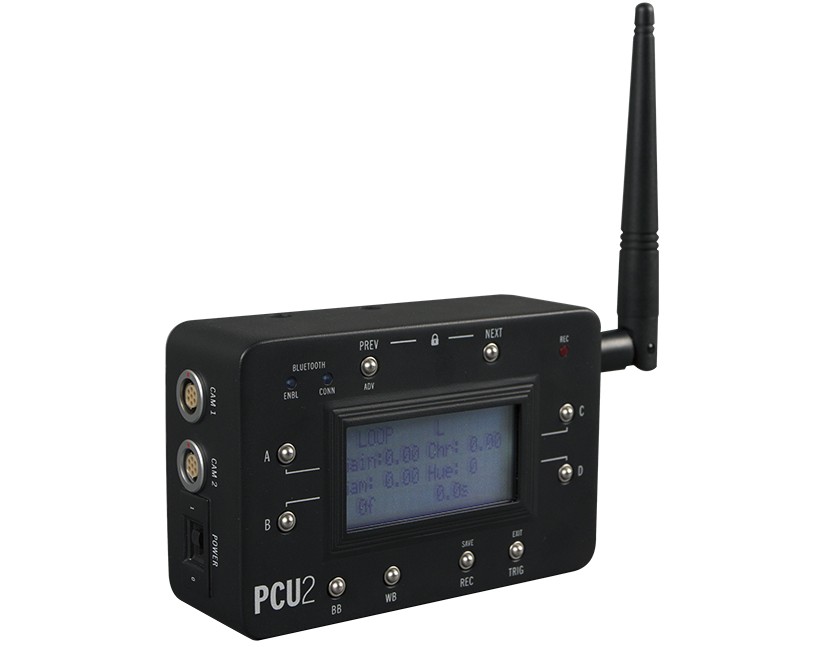
Soon, operators were asking for additional features, so work began on a new version with a two-line screen and a basic user interface. After a year or so of development with more custom code and the addition of a slightly bigger screen and better buttons, we ended up with the PCU, which many Phantom users have become familiar with since its introduction in 2010. What began as a controller for a camera without any on-board controls, became an all purpose control unit for most Phantom models that could be used either attached to the camera or remotely by wire.
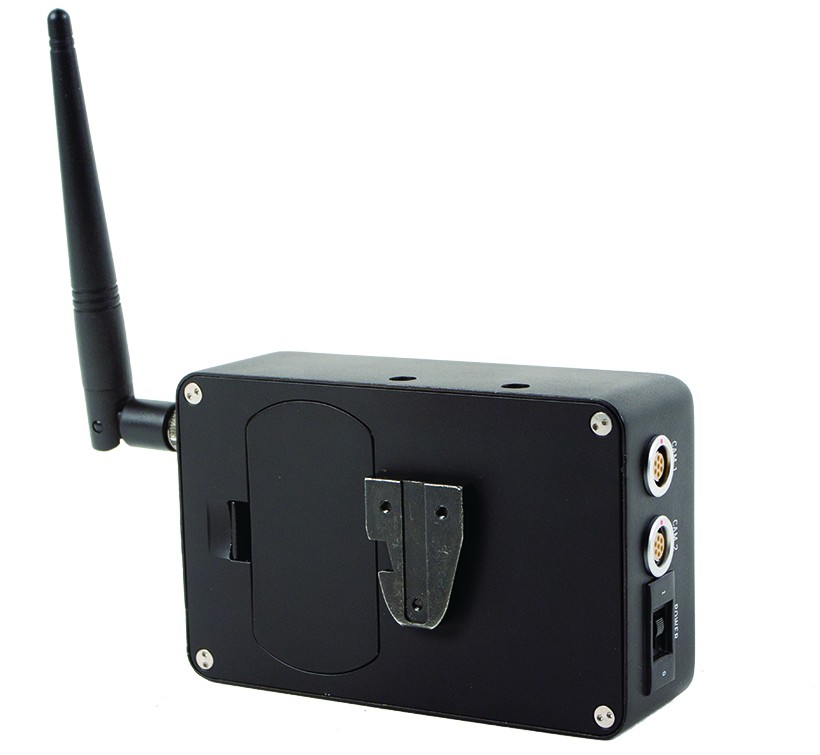 A follow-up version has been in development for a while, and as of today we are shipping the PCU2. The new PCU2 incorporates a number of changes based on what learned from the first version (such as an improved enclosure), as well as the number-one requested feature since the PCU's introduction: wireless operation. The PCU2 has the same familiar interface of the original, and where possible, we've back-ported software improvements made in the development of the PCU2 to the original PCU.
A follow-up version has been in development for a while, and as of today we are shipping the PCU2. The new PCU2 incorporates a number of changes based on what learned from the first version (such as an improved enclosure), as well as the number-one requested feature since the PCU's introduction: wireless operation. The PCU2 has the same familiar interface of the original, and where possible, we've back-ported software improvements made in the development of the PCU2 to the original PCU.
For those who haven't used a PCU before, it is a handheld controller for most Phantom models. In the early days of our involvement with Phantoms, the cameras reflected their heritage as scientific and industrial tools -- particularly models like the v640, which had features that we wanted, but a form factor firmly in the industrial vein. We wanted to provide controls that would be intuitive for operators with a background in film and video production. That meant hiding some functionality that doesn't generally pertain to our industry, and showing the most important camera values together on one screen. There are permanent hard buttons for the most commonly used functions -- namely Black Balance, White Balance, Record and Trigger. Since the goal was always to have the most important functions available without searching through a complicated menu structure, most other functions are quickly accessible with a minimum of button presses. Consistent with that philosophy is the continued use of physical buttons with distinctive tactile feedback for all functions. This enables the use of the PCU with gloves on and without having to pay careful attention to the PCU's screen.
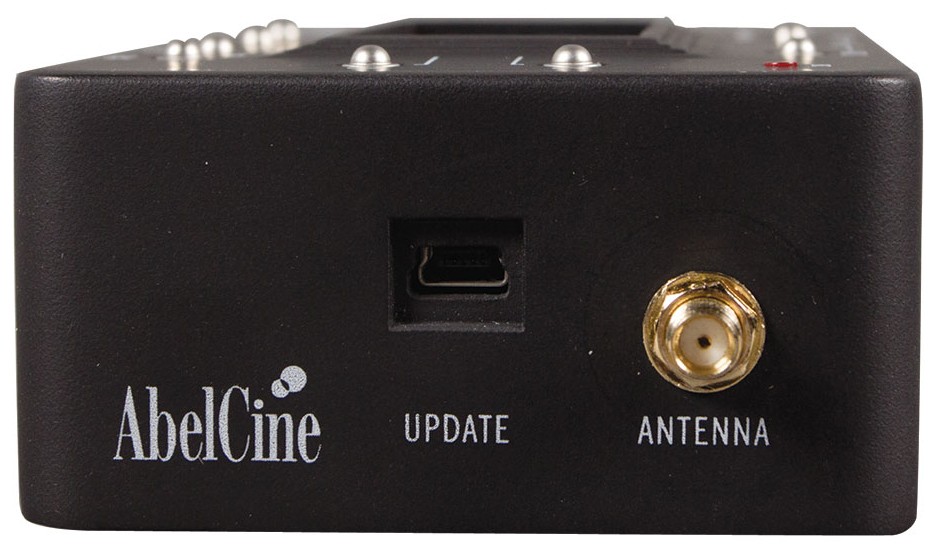 The PCU2 is housed in a molded plastic enclosure with an aluminum back; it is smaller in two dimensions and lighter than the original. It has the same v-lock wedge on the back, plus adds 1/4-20 mounting holes on the top and bottom. However, the most significant new feature is revealed by the antenna port on the side of the unit. When paired with a Vision Research Bluetooth dongle, control of a Phantom is possible from up to 300 (unobstructed) feet away. The internal rechargeable battery allows about four to five hours of continuous wireless use, and an optional external battery that clips on the back will power the PCU2 for several days. When plugged into a camera, the PCU2 receives power through the remote port.
The PCU2 is housed in a molded plastic enclosure with an aluminum back; it is smaller in two dimensions and lighter than the original. It has the same v-lock wedge on the back, plus adds 1/4-20 mounting holes on the top and bottom. However, the most significant new feature is revealed by the antenna port on the side of the unit. When paired with a Vision Research Bluetooth dongle, control of a Phantom is possible from up to 300 (unobstructed) feet away. The internal rechargeable battery allows about four to five hours of continuous wireless use, and an optional external battery that clips on the back will power the PCU2 for several days. When plugged into a camera, the PCU2 receives power through the remote port.
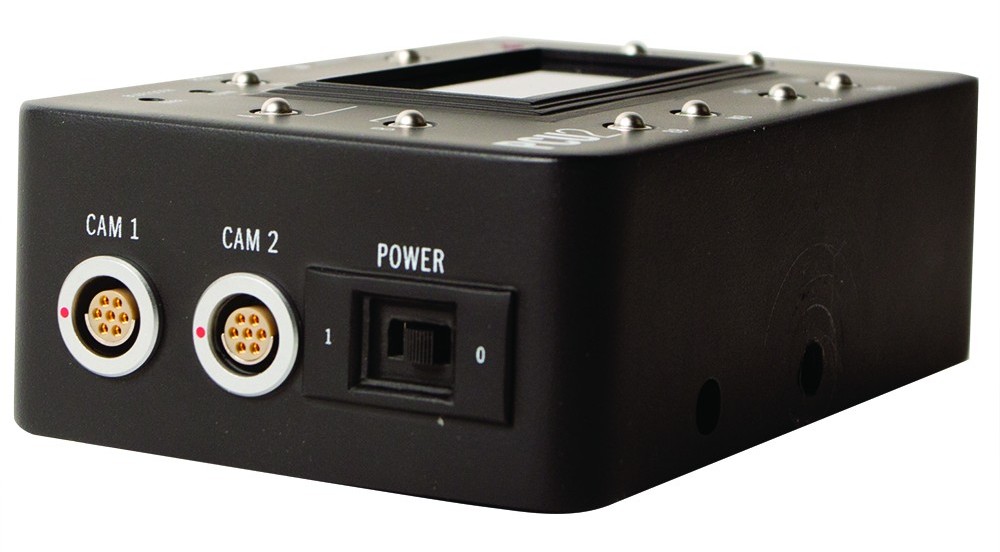 Both the original PCU and the PCU2 can be connected to two cameras simultaneously for stereoscopic production (or any other use that involves more than one camera). When used in this way, it becomes easy to keep multiple cameras synchronized -- including during playback -- and end up with perfectly matching clips.
Both the original PCU and the PCU2 can be connected to two cameras simultaneously for stereoscopic production (or any other use that involves more than one camera). When used in this way, it becomes easy to keep multiple cameras synchronized -- including during playback -- and end up with perfectly matching clips.
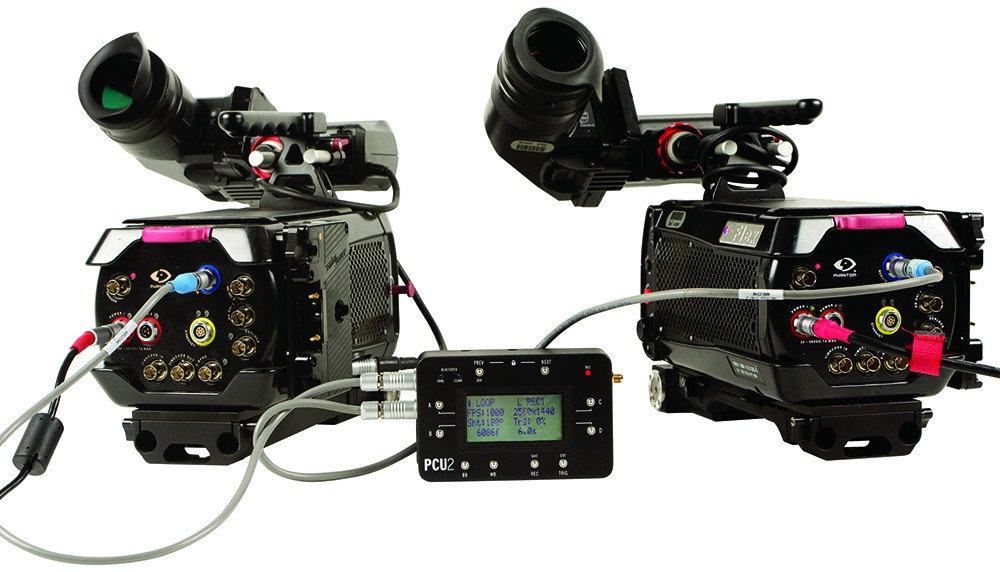 Our goal was to make Phantom control as easy a using a normal-speed camera. Over the years we've added a lot more functionality, but the same design philosophy based on simplicity holds true. It's always exciting to see pictures of Phantoms in the wild with a PCU in the frame, and we're looking forward to seeing the first picture of a PCU2 in the field.
Our goal was to make Phantom control as easy a using a normal-speed camera. Over the years we've added a lot more functionality, but the same design philosophy based on simplicity holds true. It's always exciting to see pictures of Phantoms in the wild with a PCU in the frame, and we're looking forward to seeing the first picture of a PCU2 in the field.

















